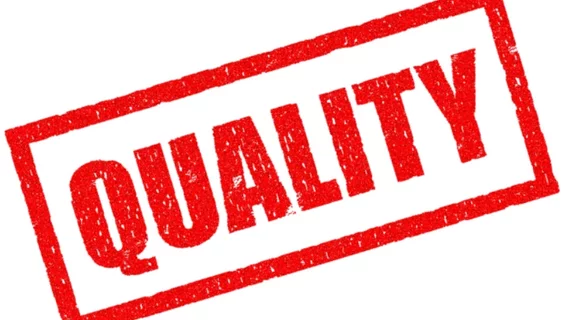Want to improve your case report's overall quality? Find a radiologist
Involving a radiologist as a co-author in a case report containing radiological images improves its overall quality, according to research published in the Journal of the American College of Radiology.
It is still unclear how frequently radiologists are mentioned as co-authors of case reports containing images. However, the authors noted, many times without a radiologist, the choice and quality of figures in publications is “often less than optimal.”
“Whenever a diagnostic process includes imaging, radiologists make an important contribution," wrote lead author Elisa Luyckx, MD, of Antwerp University Hospital, in Edegem, Belgium, and colleagues. "It could be argued that, in and of itself, this does not warrant authorship. However, if they make a substantial contribution to the composition of the report, for example, by selecting appropriate images and writing captions for the purpose of publication, they contribute to the publication as much as anyone who provides (part of) the text.”
Luyckx and colleagues sought to investigate how often radiologists are mentioned as co-authors in case reports containing radiological images, and to determine if their involvement influences the quality of the figures and the legends.
The researchers used PubMed to find case studies and scored the studies for overall quality. Scoring parameters included first author and medical specialties of the first, second and last authors; journal title and publication date; number of images per modality; number of radiological and nuclear medicine (NM) images; number of figures (with and without images); presence or absence of a radiologist as a co-author; ranking of those in the list of co-authors; total number of authors; and mention of a radiologist in the acknowledgements.
The final analysis included 218 case reports, which were previously screened for the presence of radiological images—including conventional x-rays, ultrasound, CT and MRI. They found:
- A radiologist was included as an author in 21 percent of case reports that contained images.
- A radiologist was not an author in 3 percent of the case reports, but was mentioned in the acknowledgement section.
- A radiologist was not an author or mentioned in the acknowledgement section in 76 percent of studies.
- The median quality score in case reports with and without a co-author was 74 percent and 50 percent, respectively. The median quality score in case reports with a radiologist in the acknowledgment was 50 percent.
The researchers noted some figure legends were of “unacceptably poor quality,” and at times, the imaging modality was not mentioned or the findings were not described at all. Some case reports, they noted, did not have blinded patient data. In addition, there “were many instances” in which image quality was low in terms of poor spatial orientation, poor image resolution, sub-optimal contrast and absent or poor cropping.
“These overall scores demonstrate that involving a radiologist as co-author in a publication significantly improves the quality of the publication,” the researchers concluded.

